The sky burns with the colours of dusk, wrapping Everest in golden light. “If you move to the right side of the plane, you’ll see Mount Everest peeking through the clouds.”
I press my forehead to the window. There it is — the world’s highest peak, a horn piercing the heavens. I’ve waited years to see it, and now it appears like a ghost, a frozen graveyard for those who never made it back down.
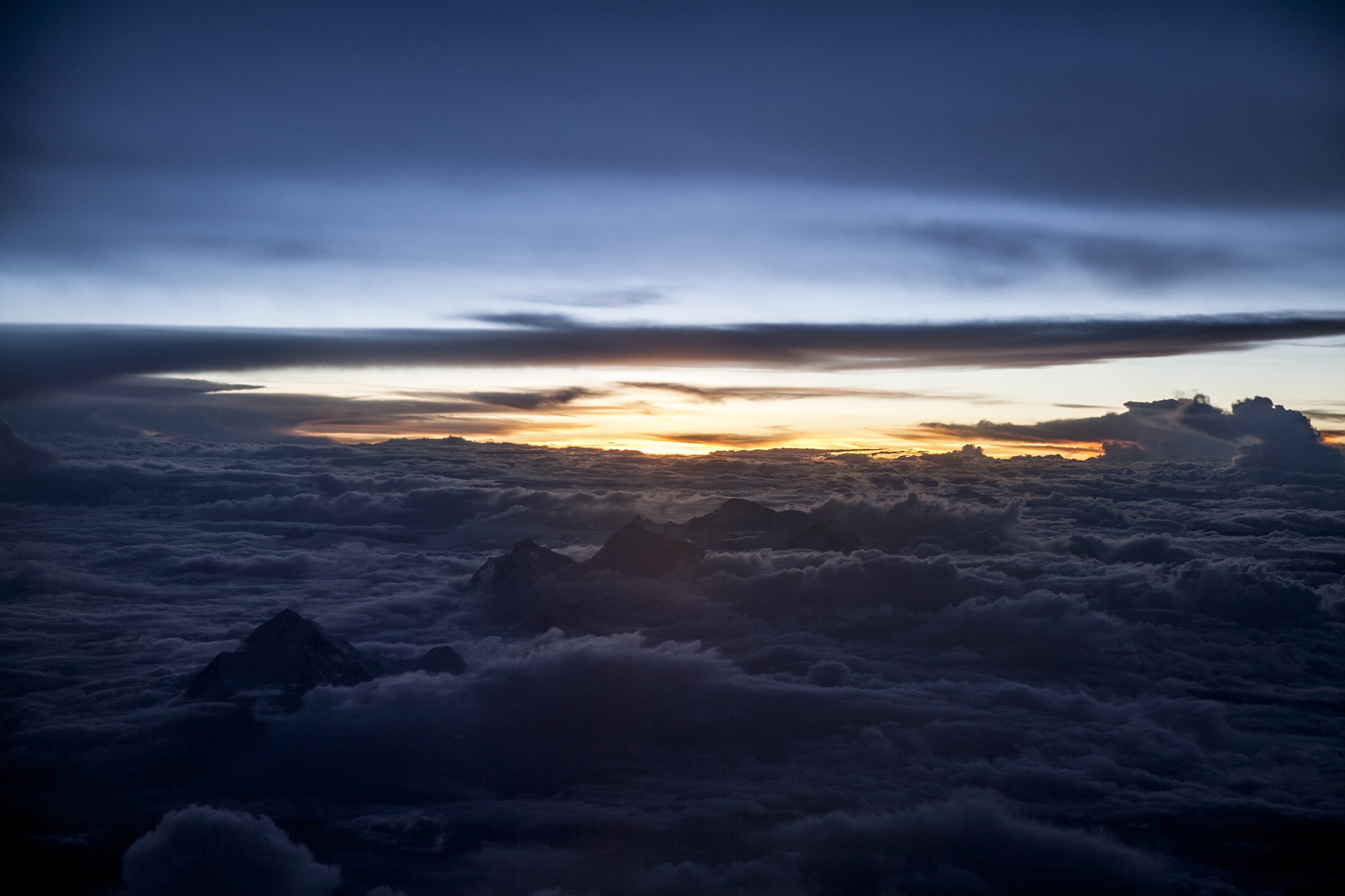
Tears sting my eyes. Everest has always called to me, but fate has kept me at a distance. A few months ago, a brutal lung infection left me gasping for air on the simplest of walks — my body is in no shape to trek to its base, let alone climb it.
Yet, the pull of the mountain is relentless.
If I can’t experience Everest firsthand, I’ll do the next best thing — sit with those who have. Sherpas, guides and survivors of the 2015 Everest avalanche. Men who have lived and nearly died in its shadow.
That’s how I find myself in a quiet Kathmandu café, waiting for a man who once stood at Base Camp when the world began to shake.
A Dream Shattered: My Everest Obsession and a Brutal Reality
Trekking intentions do not align with the status of my lungs, a bout of atypical fungal pneumonia (contracted in Cuba only two months prior), disabling my respiratory system to the point where climbing the three flights of stairs to my city-centre apartment leaves me gasping for air.
The taste of Everest lingers on my lips, now a forbidden fruit held at arm’s length.
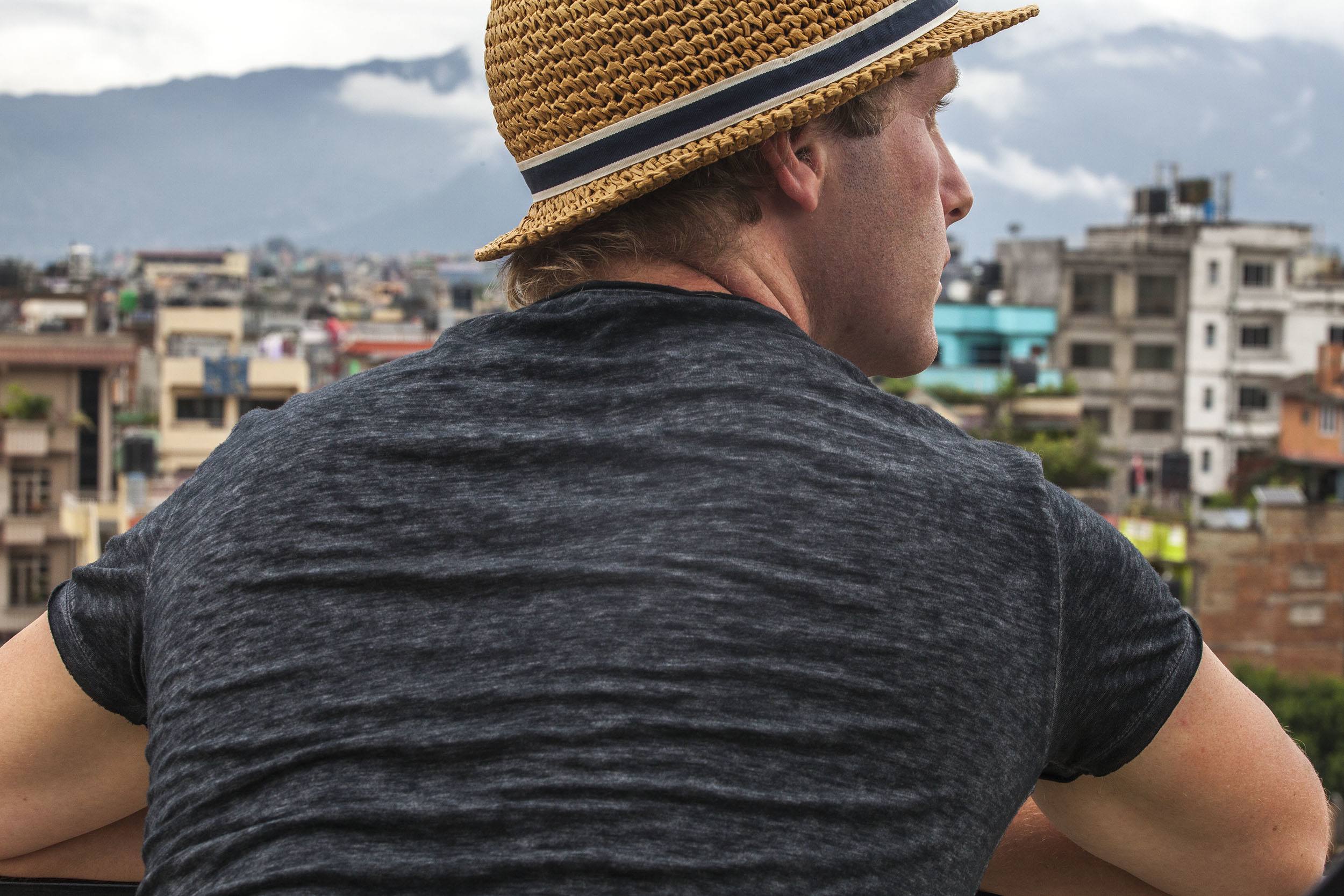
Dreams shattered, I hold on to the aerial vision and set out to get as close as possible to the Earth’s highest peak, vicariously, through Sherpas and guides.
Why Everest Captivates the World
Everest is more than just a mountain — it's an obsession, a deadly challenge, a status symbol.
A Graveyard in the Sky
The allure of reaching Everest’s peak is multi-factorial.
It’s the highest point on Earth at 29,028 feet; life is not sustainable above 26,000 feet (with 11 new deaths recorded in 2019 alone by mountaineers returning from the summit) which gives it a mystique of danger; and, due to the inherent dangers, less than 5,000 people have successfully arrived at the top since Hillary and Norgay first flew their respective countries’ flags in 1953.
The High Cost of Reaching the Top
Even though I know the summit will always be out of my reach, the US$60k plus price tag alone prohibitive, I’ve become obsessed with the magic of the Himalayan Mountain.
Staying in Kathmandu, eating at hasheries serving fare to Sherpas and guides returning from successful summits, serves only to heighten the fervour.
I am restless, infected with mountain fever.
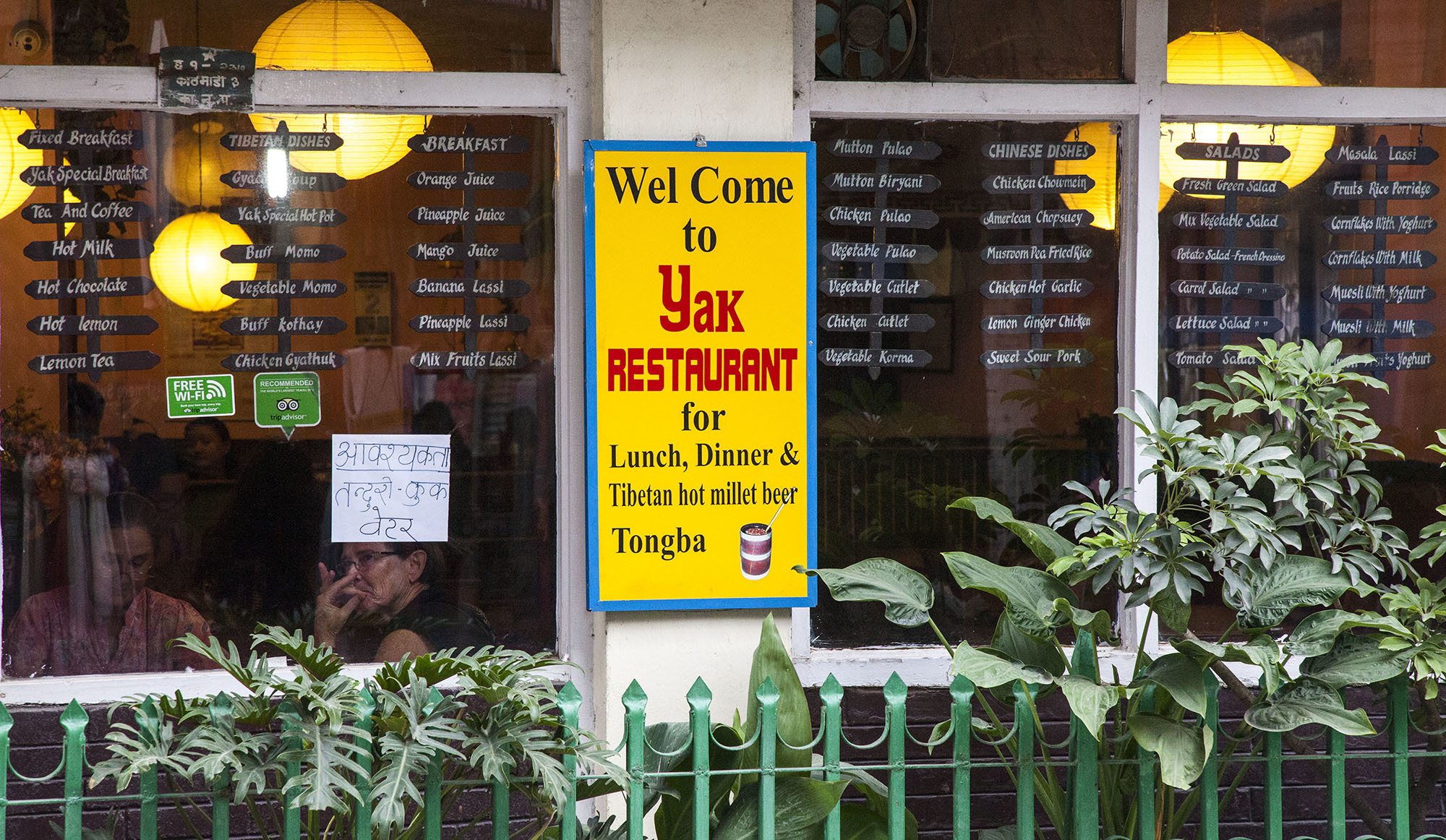
I set out, intent on meeting some of the men — and women — who’ve stood on top of the world.
Meeting Dawa, a Survivor of the 2015 Everest Avalanche
Raj, the owner of the apartment building in which I’m living, has arranged for me to meet Dawa, a Sherpa and survivor of the 2015 Everest avalanche, in Thamel, the bustling tourist-centre of Kathmandu.
A Quiet Café, A Powerful Story
Sitting in the garden at the back of Revolution Café and Restaurant, time stands still. I dream of the Himalayas, now only a short flight away, so close I can smell the fresh mountain air amid the pungent fumes from Kathmandu’s thick, unhealthy cloud of pollution filling my nostrils.
A kindred smile shakes me from the daydream, a kind Nepalese face moving in my direction.
Other posts about Nepal you may also like.
The Day Everest Shook: Dawa’s Account of the 2015 Avalanche
I spend a few hours with Dawa, gently prodding for information about his life as a Sherpa and guide, his childhood motivation for following this career path (his father a key influential factor) and his recent expedition to the top.
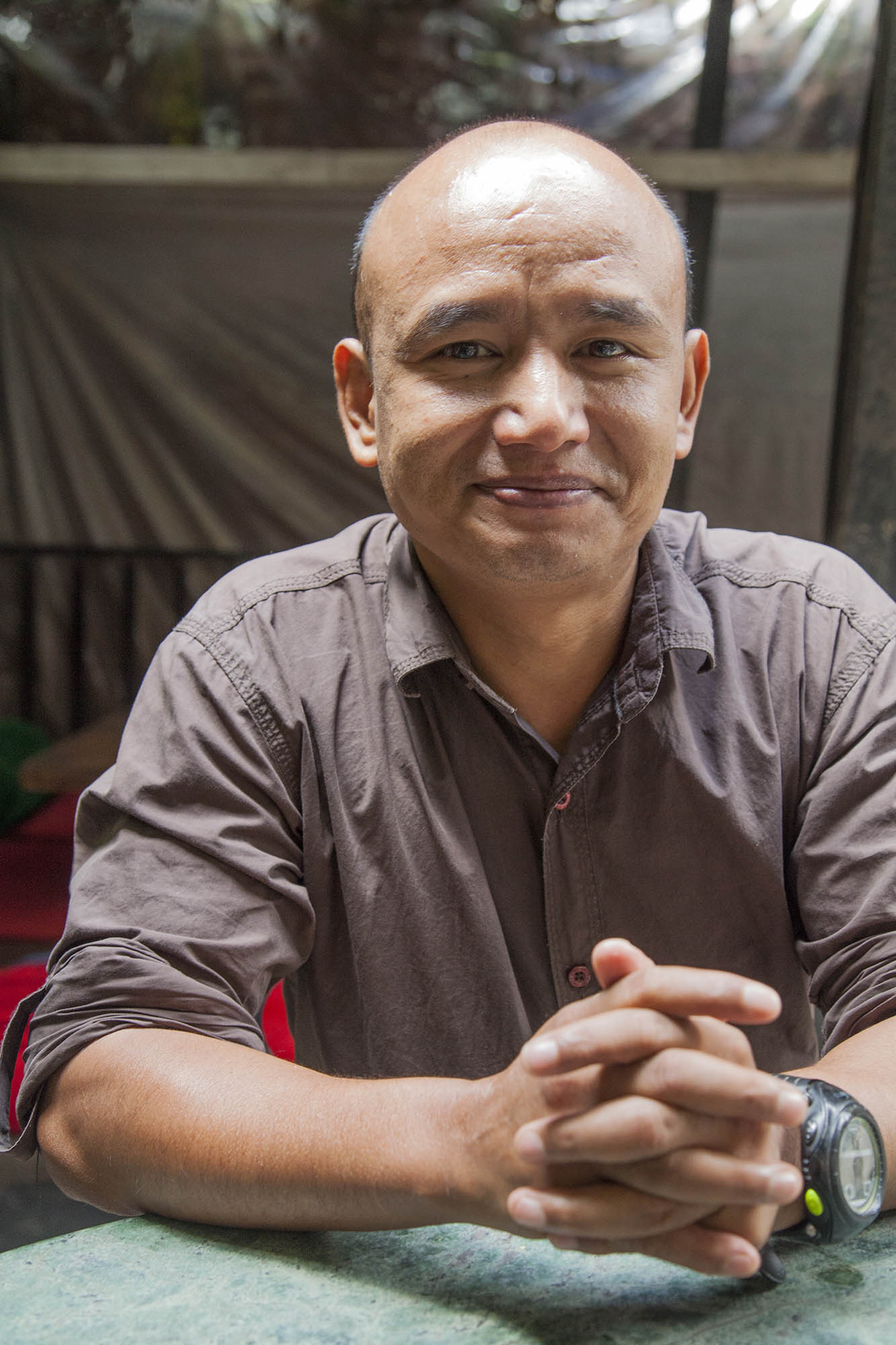
After 30-minutes of chatter, tears roll synchronously down our cheeks as he relates the tragic circumstances surrounding his first summit attempt.
"It Feels Like It Happened Yesterday"
He shakes his head. “It feels like it happened yesterday.” The memory is still fresh, unshaken by time.
We step back in time a little more than two years.
When Everest Unleashed Its Fury
It’s April 25, 2015, and Dawa and his team have arrived successfully at base camp, the first of four camps en route to Mount Everest’s peak. He’s been invited to eat with a friend whose hotel, Snowland Highest Inn, is nearby, a farewell and good luck meal prior to starting the 40-day ascent the next morning.
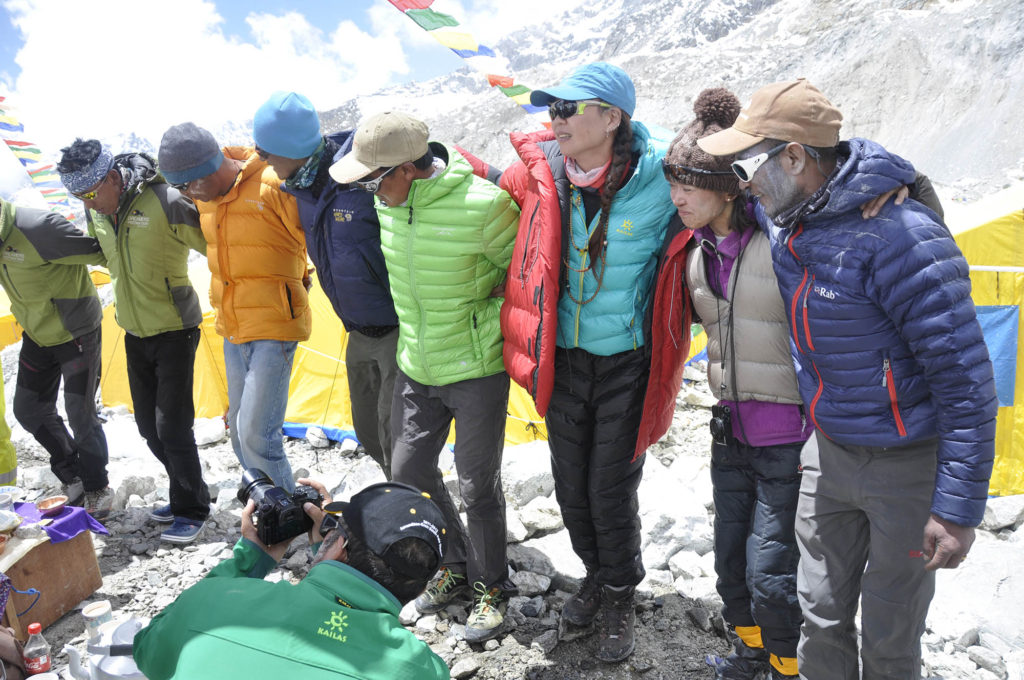
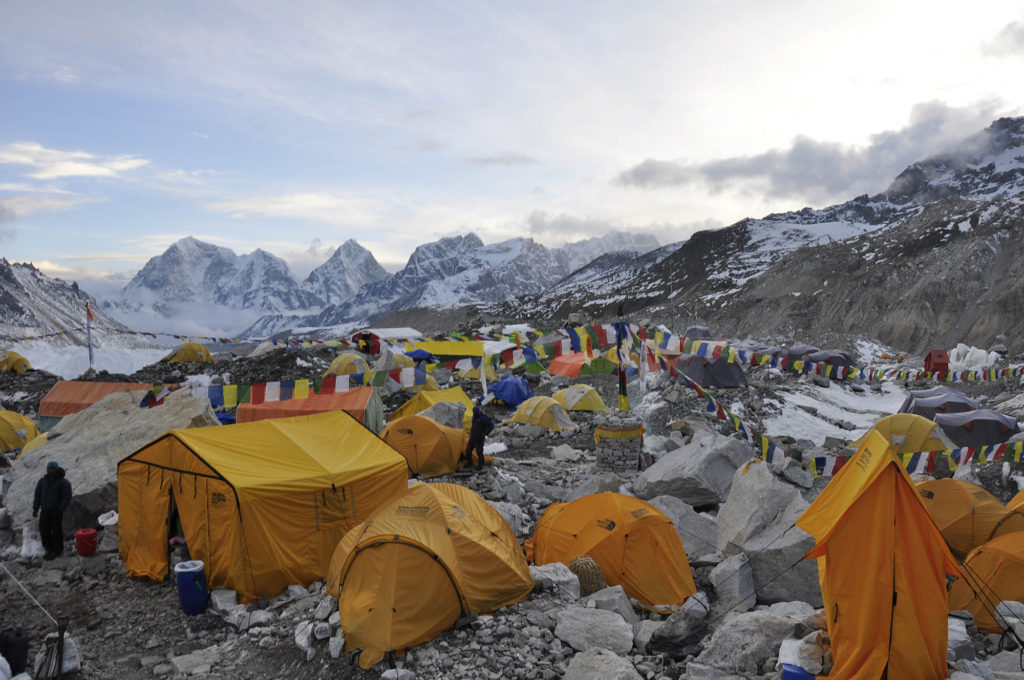
It’s 11.50am and, while walking downhill, the ground beneath his feet begins shaking violently, his body now a feather in a windstorm. Dawa is able to throw himself behind a boulder only moments before an avalanche of white flies down from Everest’s daughter. It covers the landscape, taking the breath of life out of everything that has been standing in its destructive path, including seven people from his expedition.
“I’ve never cried about it”
Dawa pauses for a long moment, then quietly states the fact: “I’ve never cried about it.”
It’s been over two years since the 7.8 magnitude ‘Gorkha’ earthquake hit Nepal.
The 2015 Nepal Earthquake: Loss, Survival, and Rebuilding
The 2015 Everest avalanche, triggered by the devastating 7.8-magnitude earthquake, buried parts of Base Camp under tons of ice and snow.
It was a devastating disaster that had a profound impact on the country and its people. It killed nearly 9,000 people and injured more than 21,000, with many still missing.
The destruction was widespread, buildings, homes, and infrastructure affected, leaving millions of people homeless and without necessities.
The rebuilding efforts have been ongoing, but progress has been slow due to lack of funding, and a difficult terrain.
Despite the loss on the mountain (many of his colleagues and fellow mountaineers perishing in the avalanche), Dawa maintains a resilient disposition. He has been applying efforts to re-establishing infrastructure, preventing disease, and promoting livelihood in and around Kathmandu following the events of April 25.
But it hasn’t been the case for all survivors.
Mental Health and the Unspoken Toll
“One of my friends who survived the earthquake killed himself recently.”
With little in the way of counselling services in Nepal’s public health system, I worry about the effects of the disaster on the mental health of survivors, like Dawa.
The 2015 Everest avalanche was a stark reminder of nature’s power and the fragility of human life at high altitudes.
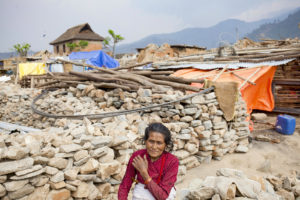
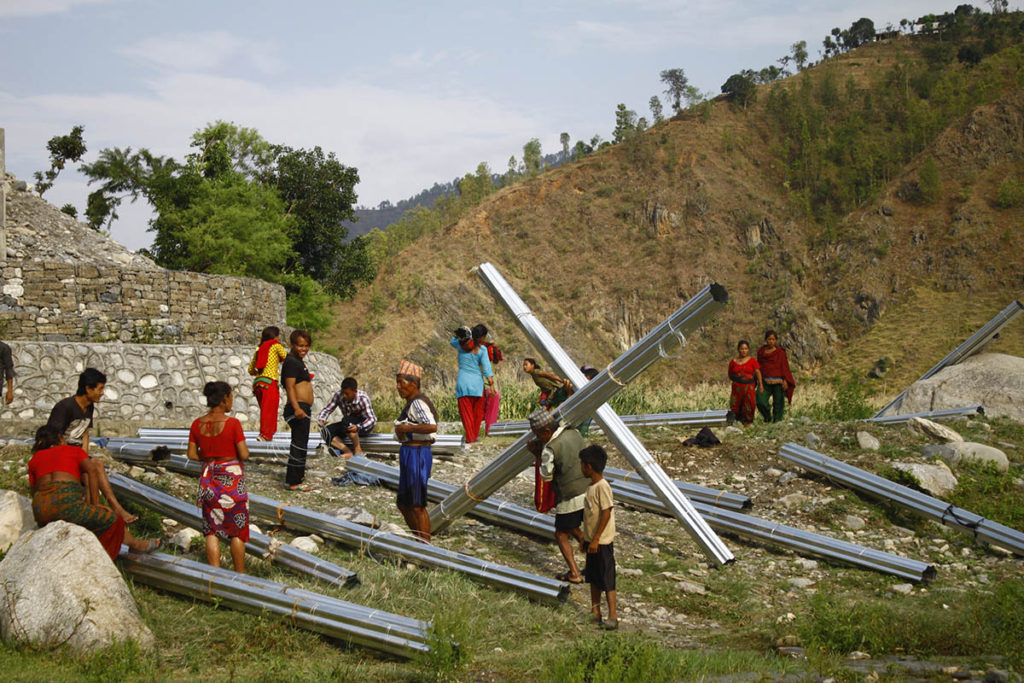
Turning Grief into Action: Dawa’s Fight to Rebuild Nepal
He tells me how he’s been pouring efforts into rebuilding schools.
A School in Ruins, A Village Without Hope
Multiple structures in Kavrepalanchok, the village of his childhood and the home of his family, were destroyed during the earthquake, leaving village children without access to education. The rebuilding project is a suitable distraction, one that keeps him focused and fills him with purpose.

Despite the challenges, many organisations and individuals (like Dawa, an Everest avalanche survivor) have come together to support Nepal in its rebuilding efforts, including through the construction of new homes, schools such as this one, and hospitals, as well as the preservation of cultural heritage sites.

I can’t help but feel amazed by the strength of character and fortitude of the humble Nepalese man, now sipping tea at the table across from me and smiling.
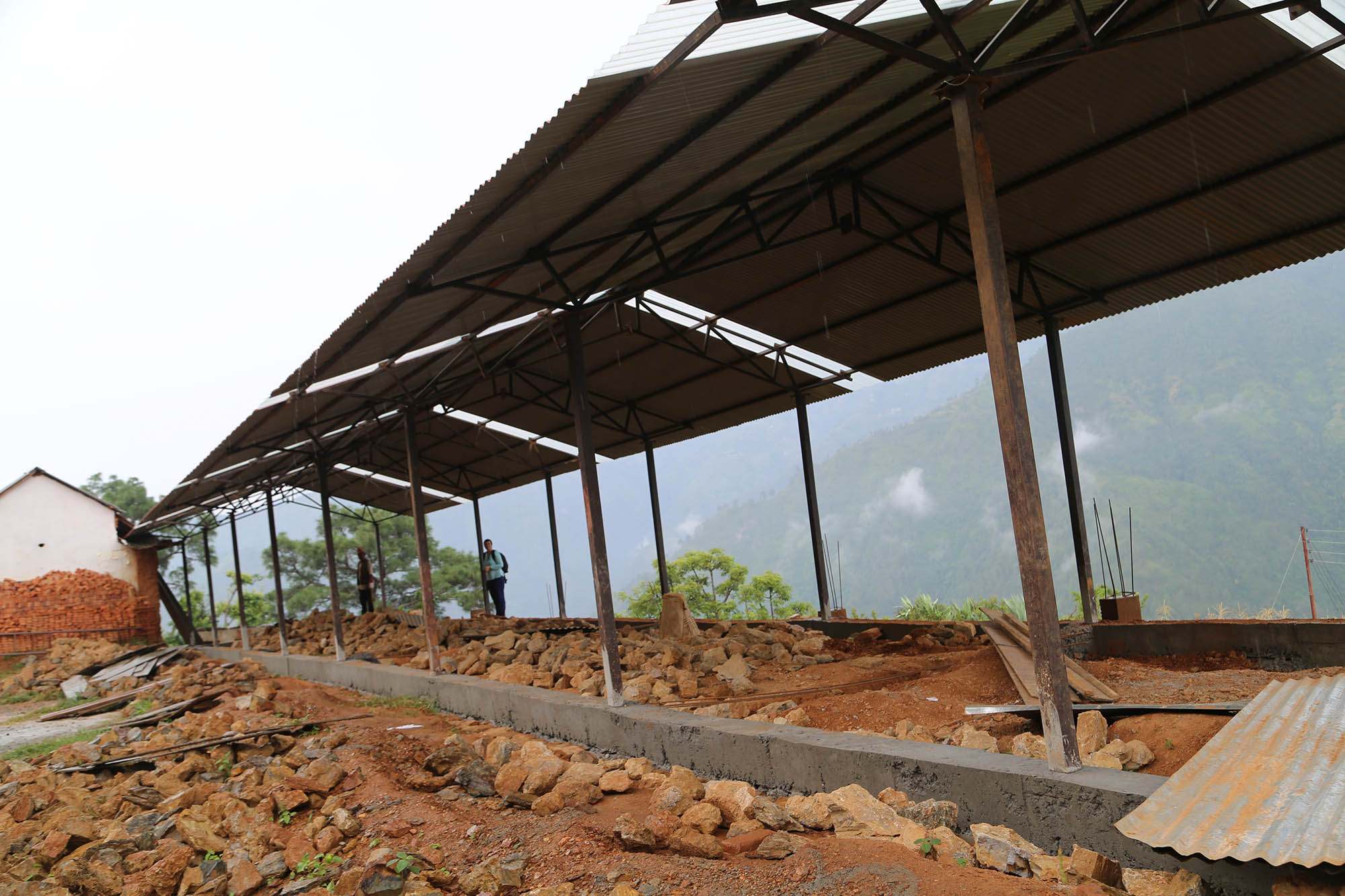
If you’d like to say hi to Dawa or contribute to the school and community rebuilding program, please contact him at Traveltimes Treks.
Mingma: A Man Who Lives at the Top of the World
A few weeks later, I meet Dawa again, this time in the serene Garden of Dreams in Kathmandu. As a guide, Dawa is in the know and well-connected to others. It’s a way of life in the mountains, knowing the other guides and Sherpas, looking out for one another and respecting Mother Nature.
Sitting with Dawa on a bench in The Garden of Dreams, surrounded by tranquillity and unperturbed by Thamel’s hustle and unrelenting raucous bustle, a lanky figure walks towards us, phone to ear, finalising plans for an expedition due to leave in a few hours.
Five Everest Summits and Counting
Dawa introduces me to his friend Mingma, a man who has summited Everest five times and conquered eleven of the world's highest peaks.
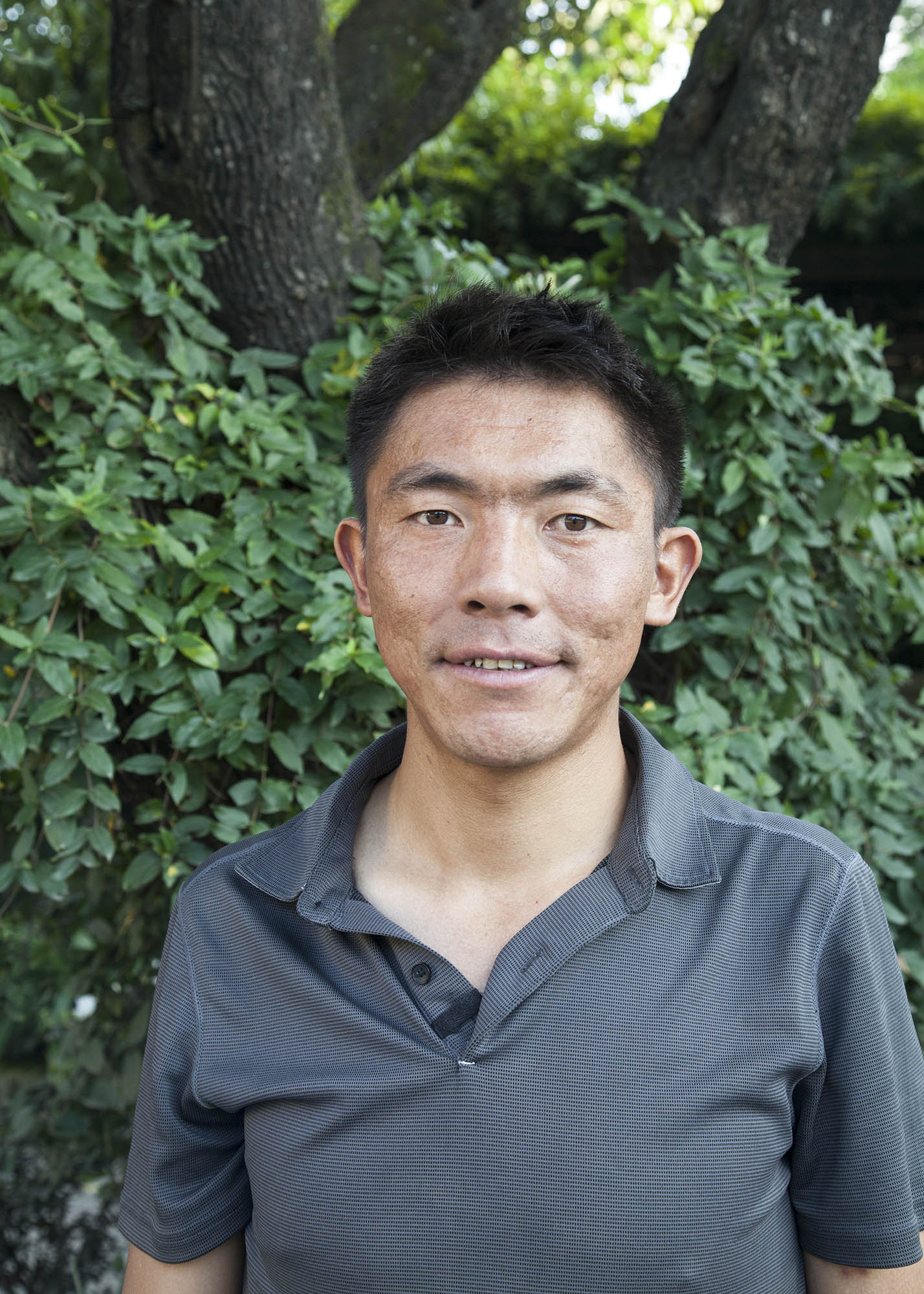
Mingma is a living legend in the mountaineering world, known for his expertise, passion, and humility.
Getting Started: From Mountaineering as a Hobby to a Profession
One of five siblings, with one brother who is a monk, he started trekking and mountaineering at the age of 18 after finishing school.
A Life Built on the Mountains
What started as a fun hobby quickly turned into a profession, and by the age of 20, he had climbed his first mountain, Mount Everest.

Mingma summited Everest on his first attempt, a feat accomplished by very few people. He vividly remembers his first encounter with the summit, “crying tears of joy” and hugging his fellow climber.
Mingma prefers the Nepal side of Everest due to the “support available if an accident occurs,” helicopters able to perform rescues within 7,000 metres.
He stresses the importance of acclimatisation, particularly above 8,000 metres, which is the most challenging aspect of mountaineering.
When asked about mental and emotional barriers, he states that he “never encountered any when summiting Everest.” I’m amazed. I anticipate summiting Everest is one of the most physically and mentally demanding challenges a person can undertake.
His Challenge: Conquering the World’s Highest Peaks
His summits of Everest are not always for pleasure. Four out of five have been for work. The sixth attempt wasn’t successful.
Summiting Everest and Beyond
But Everest isn’t his only accomplishment. He has also been to the top of the notoriously difficult K2 twice (a peak in Pakistan that’s challenging due to its technical difficulty, unpredictable weather conditions, and high fatality rate), a feat accomplished by only eight people.
Update: he again summited K2 in 2022, without the use of supplemental oxygen, during winter.
Unfinished Business
During the interview, Mingma mentions that he is still to conquer three of the world's highest peaks: Nanga Parbat; Shishapangma; and Gasherbrum II. However, he is due to climb Nanga Parbat just a few days after our conversation (and since the interview, there is a chance he has also conquered the others).
Since our meeting, Mingma G has made history, becoming the first Nepali climber to summit all 14 of the world’s highest peaks without supplemental oxygen. His final ascent of Shishapangma in October 2023 cemented his place among the elite mountaineers who have conquered every 8,000-metre peak purely on human endurance. (Source: The Himalayan Times)
Why Keep Climbing?
“What keeps you going?” I ask.
The Freedom of the Mountains
He explains it’s the “freedom I experience while mountaineering, away from emails, phone calls, and other distractions.”
“Climbing provides a sense of relaxation and rejuvenation,” and it allows him to live more fully.
Mingma acknowledges the dangers of the sport, having lost two people on Annapurna, and witnessed one accident on Manaslu. Coming down from a mountain can be more dangerous than the climb up. It’s also more painful, something I experienced trekking Mt Meru in Tanzania – the knee pain was agonising.
Everest and High-Altitude Mountaineering: Not for Everyone
When asked if Everest is for everyone, Mingma responds with a resounding "no." There’s my answer, short and clear.
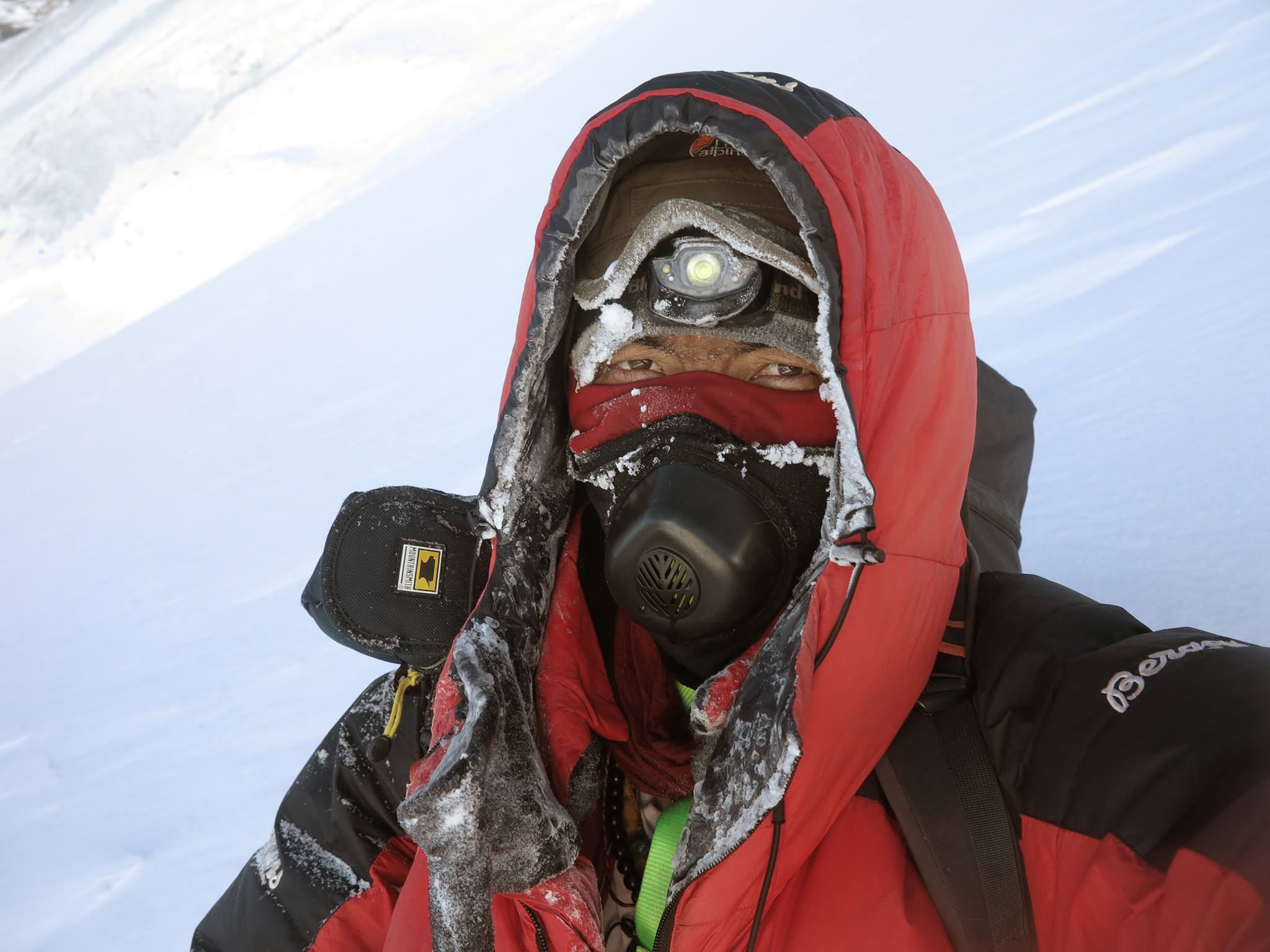
He emphasises the importance of mental preparation and stresses that learning climbing techniques is crucial - climbers should start at 6,000 metres while training (like Aconcagua), before gradually moving up to higher elevations like Manaslu and Everest.
It’s something that requires high-level fitness and technical skills, but also mental fortitude, endurance, and a willingness to face unpredictable and dangerous situations. Many climbers have lost their lives attempting to summit Everest, and the risks associated with high altitude mountaineering make it an activity that is not suitable for everyone.
Everest: The Most Dangerous Parts
We begin to wrap up the interview.
The Truth About the Hillary Step and the Khumbu Icefall
He mentions the Hillary Step is still intact, contrary to some reports that it was destroyed during the 2015 avalanche. And he agrees with the consensus that the Kumbu Icefall is the most dangerous on the Nepal side.
Mingma is a man always at the top, an experienced mountaineer with a wealth of knowledge and a passion for his craft. His insights into the world of mountaineering are invaluable, and his humility and dedication are inspiring.
For those seeking to summit Everest or other high peaks, Mingma's advice is clear: preparation, acclimatisation, mental fortitude, and respect for nature are crucial.
Lessons from Everest’s Shadow
Meeting Dawa, an Everest avalanche survivor and witness to the 2015 earthquake, was a poignant and emotional experience. Although my dream of trekking to Everest was shattered due to health issues, this encounter provided insight into the allure of the Himalayan Mountain and the tragedy that can accompany climbing it.
The natural disaster devastated Nepal, leaving millions homeless and without necessities, and rebuilding efforts have been ongoing. But Dawa’s resilience and persistence are testimony to the strength of the human spirit in the face of adversity.
Despite the immense challenges he faced after the disaster, Dawa remained determined to rebuild his life and support his community. His story is a powerful reminder of the importance of perseverance, hope, and solidarity in times of crisis, and a testament to the enduring bond between people and the natural world.
Meeting him was a humbling experience that left a lasting impression on me, and I feel grateful for the opportunity to have heard his story and learned from his courage.
